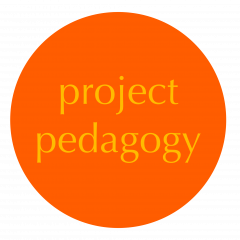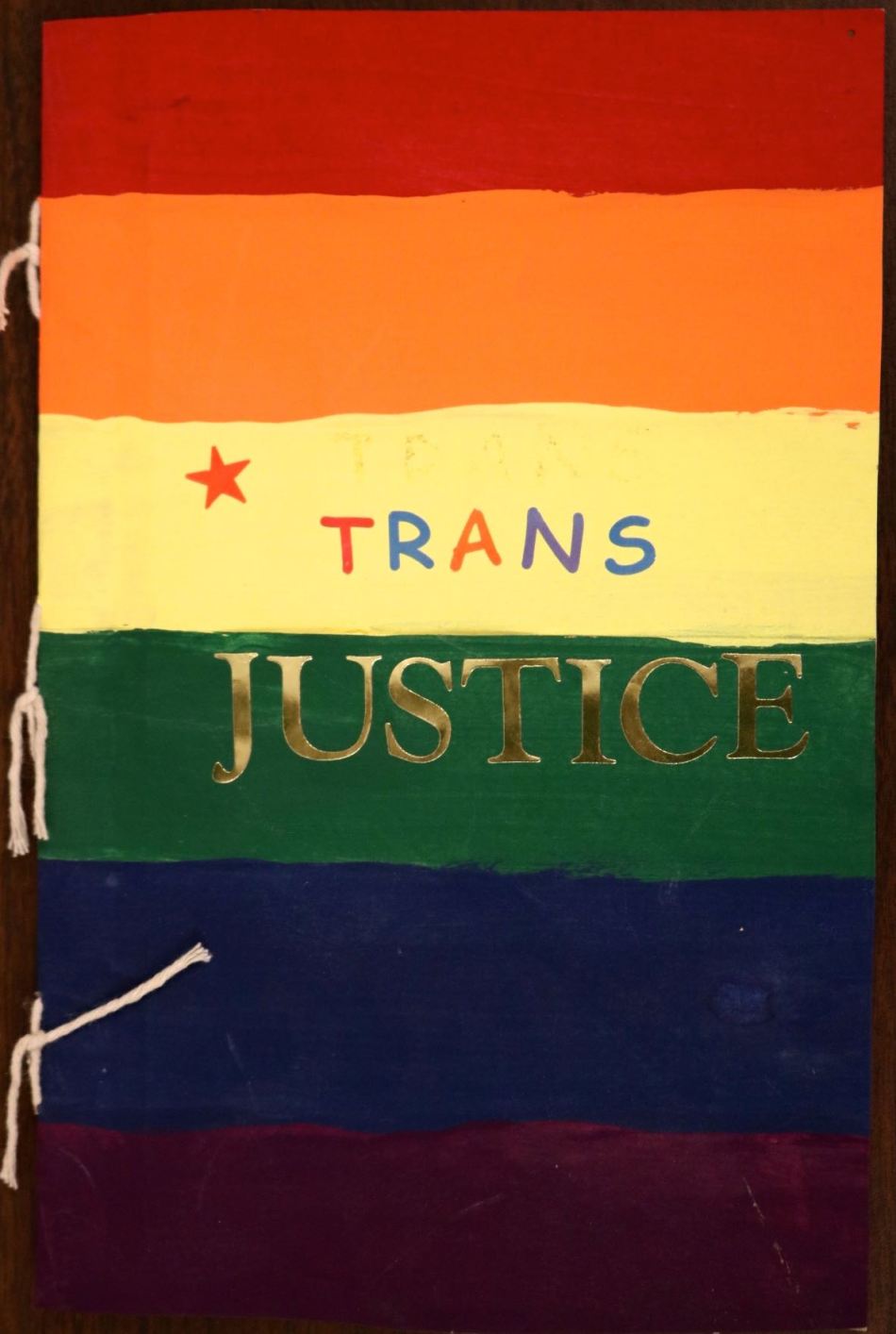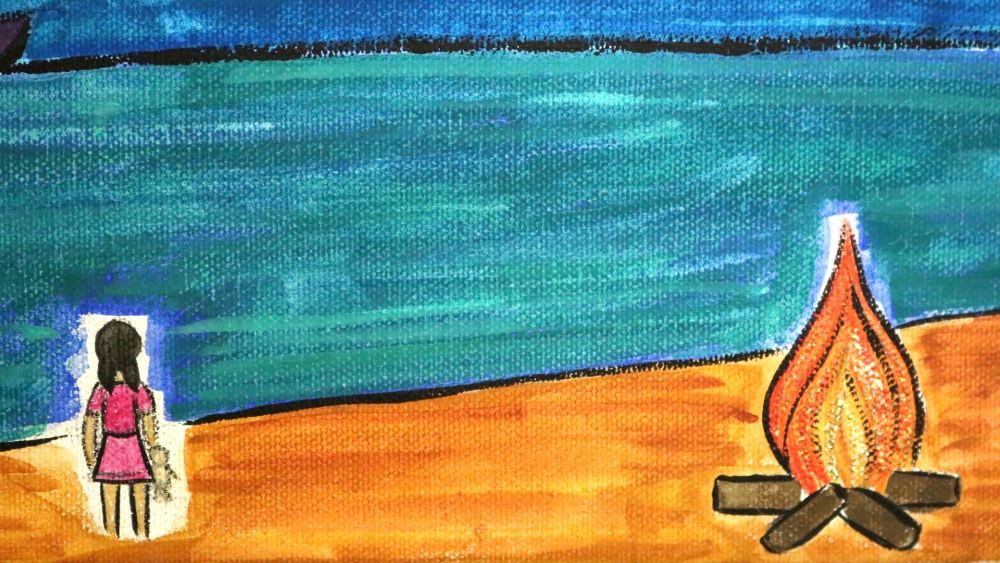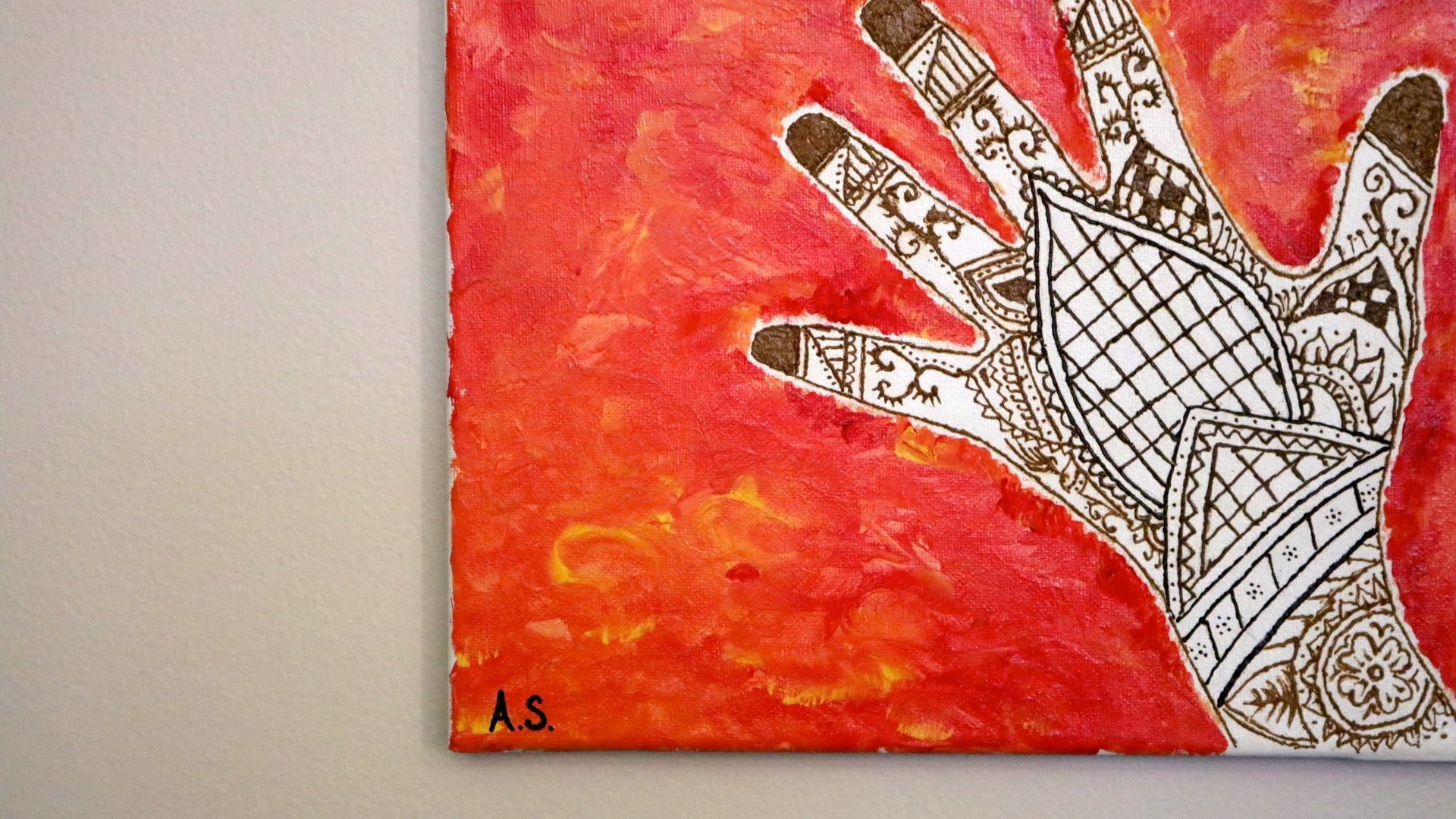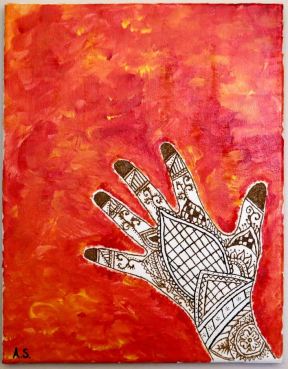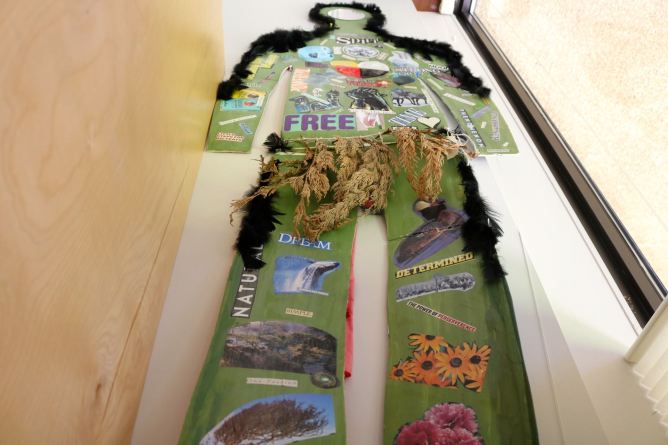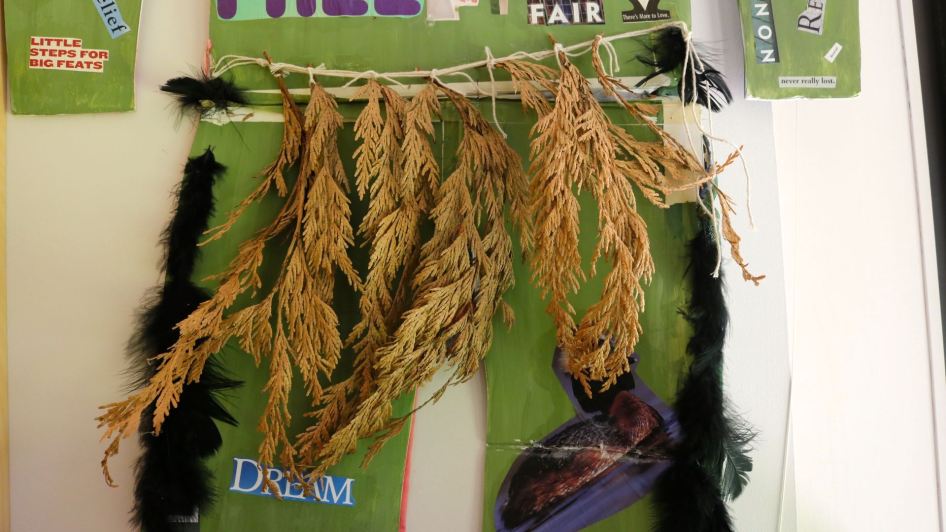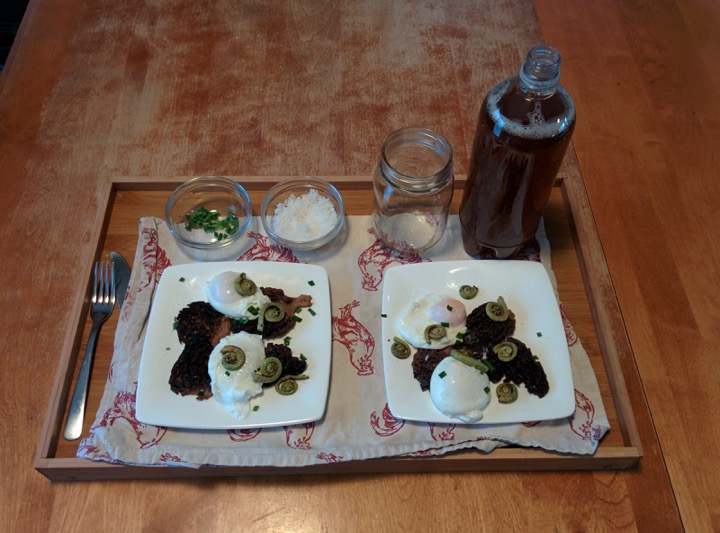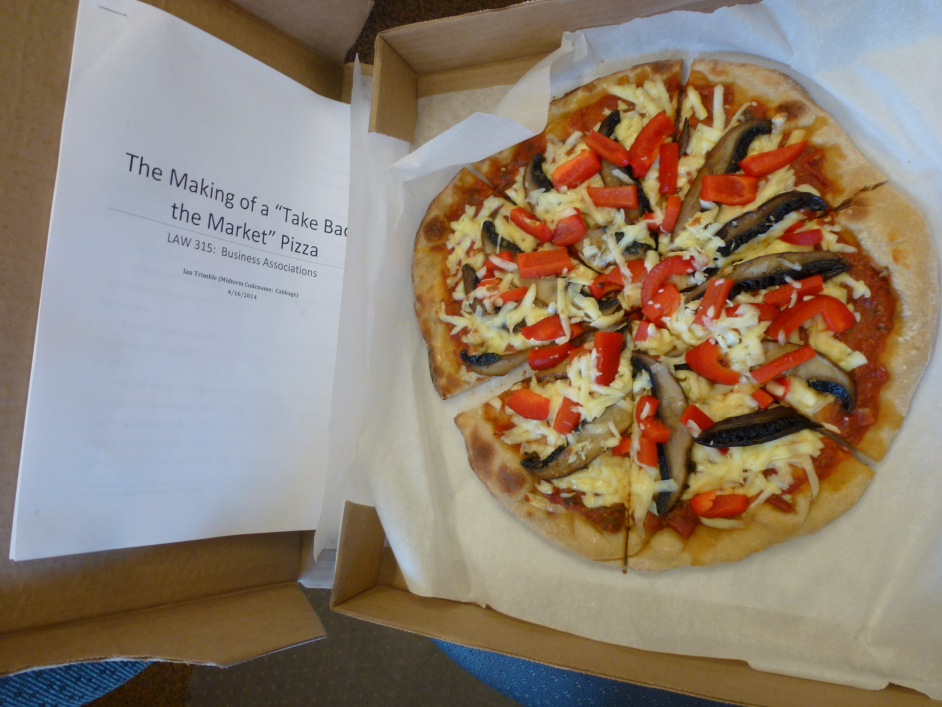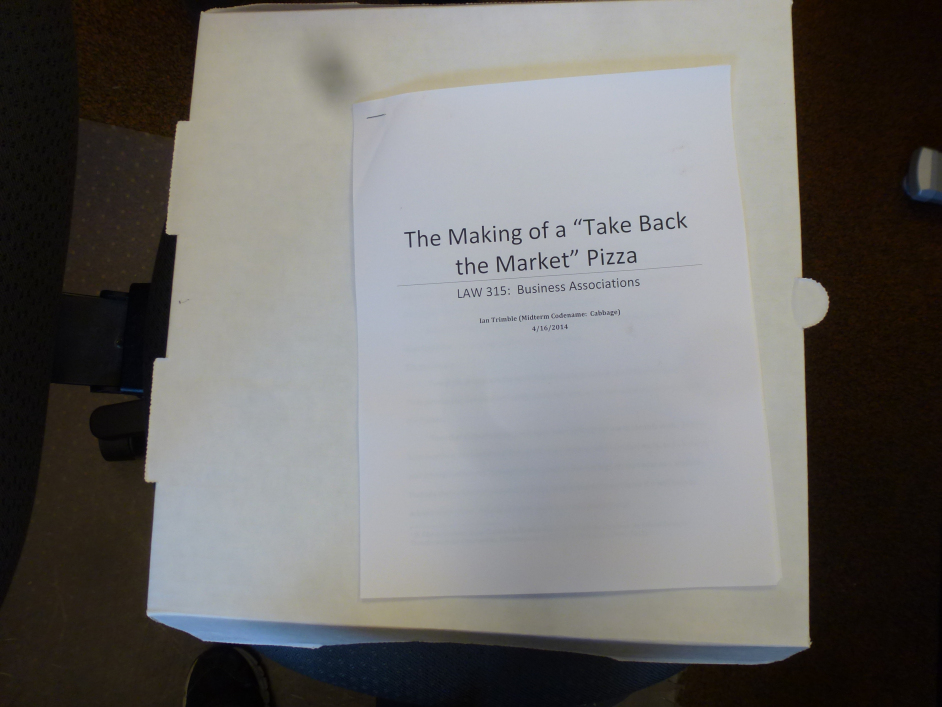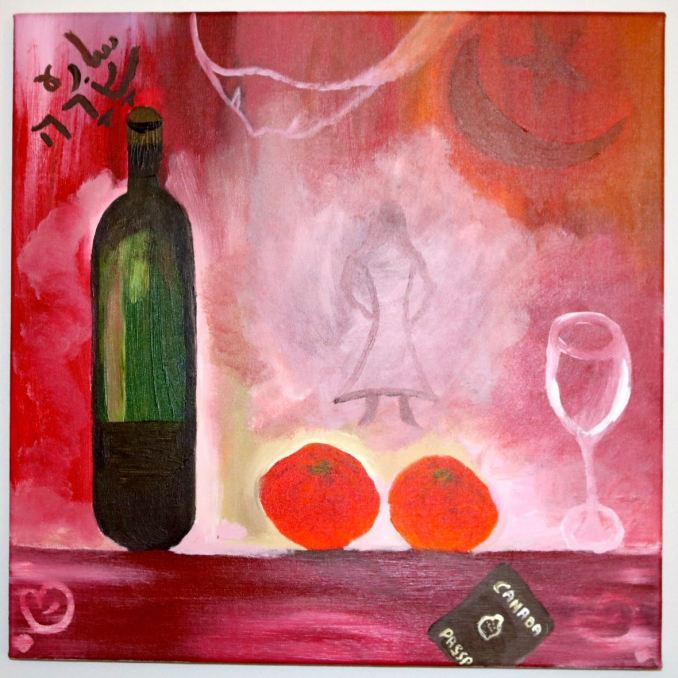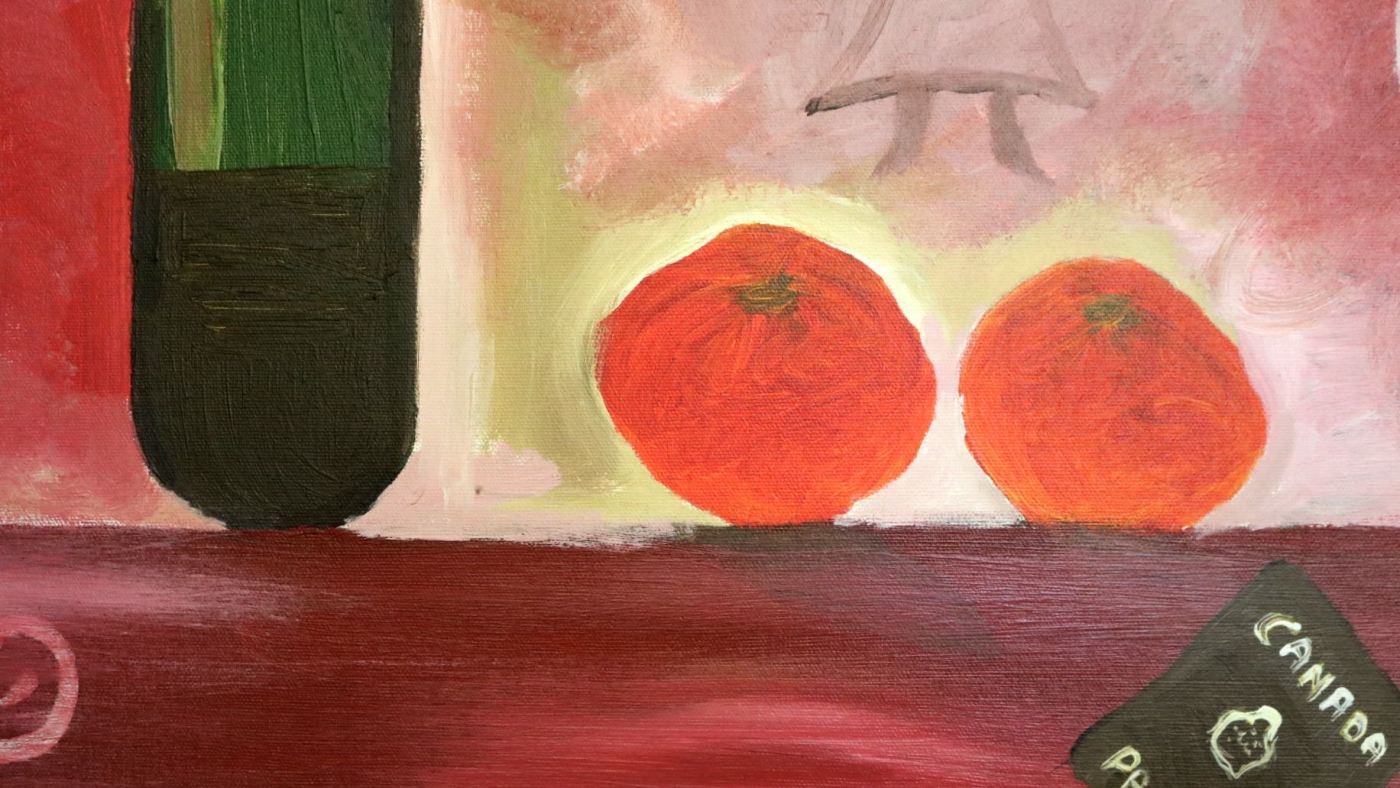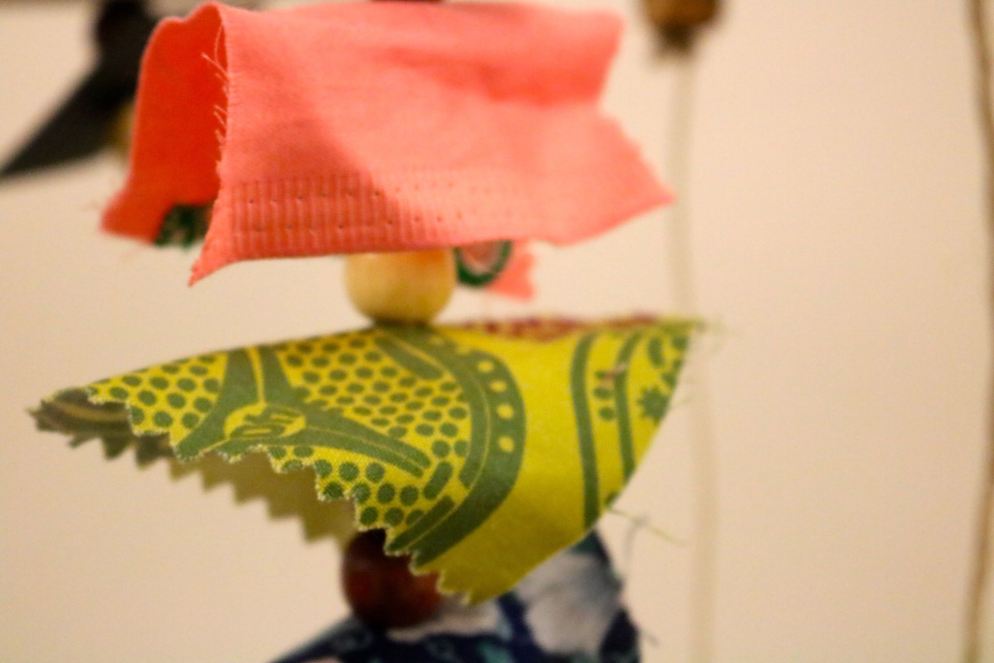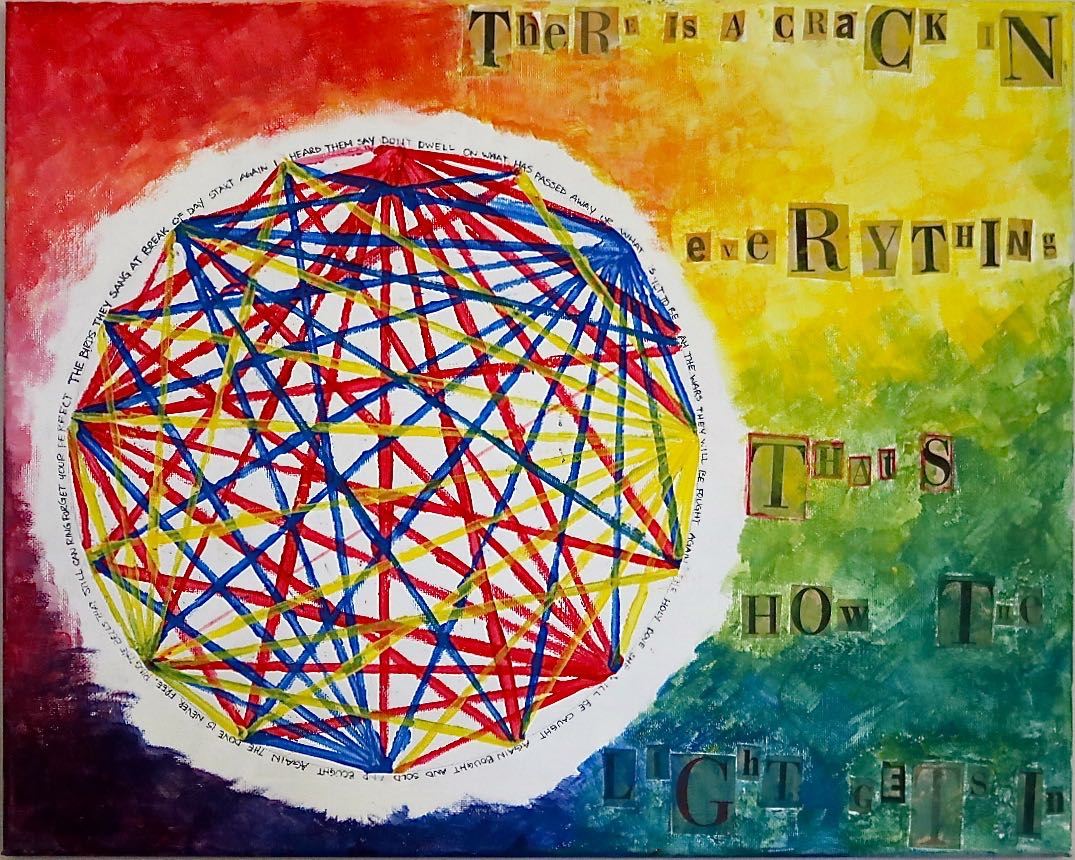Cole Calijouw created this Trans Zine for Rebecca Johnson’s first-year Criminal Law Course.
Rebecca Johnson's Commentary on the Project
“This ‘zine was produced in the context of a first year criminal law class. The students were invited to do a book review or engage with a contemporary book on any number of criminal law issues. This particular student asked if they could produce a ‘zine’ instead, which was fine for my purposes. This particular zine really showed the ability of the student to draw into conversation issues from both criminal law and from society more generally. Really quite transgressive, if I can use that word, engagement with criminal law in a way that helped to certainly centre the invisibility, or the hypervisibility, of binaries within criminal law.”
